Jan Bartek – AncientPages.com – Scientists discovered ancient Roman walls while excavating a gravel quarry in central Switzerland. Archaeologists say this is a highly significant find and call the discovery an archaeological sensation. Why are these ancient Roman walls so special?
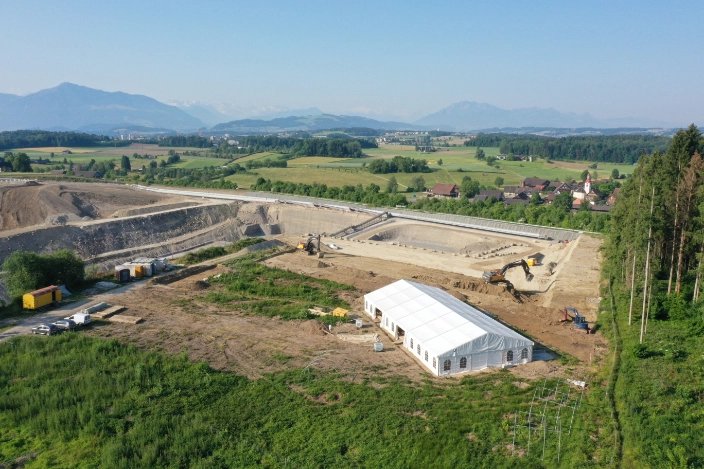
Aerial view of the current excavation in Cham-Äbnetwald with a view of the Alps. There is part of the Roman building under the tent. (PH๏τo: ADA Zug, David Jecker)
There are actually a number of reasons why the 2,000-year-old Roman walls unearthed in Äbnetwald, near Cham-Oberwil, are significant from an archaeological and historical point of view.
Huge Ancient Roman Building
As reported by the Canton of Zug’s Office for the Preservation of Monuments and Archeology in a press statement, this find will provide important insights into the Romans in the pre-Alpine central Switzerland
Specialists from the Office for Monument Preservation and Archeology are currently carefully exposing the walls built around 2,000 years ago. These ancient remains cover an area of at least 500 m2 and belong to a building complex with different rooms.
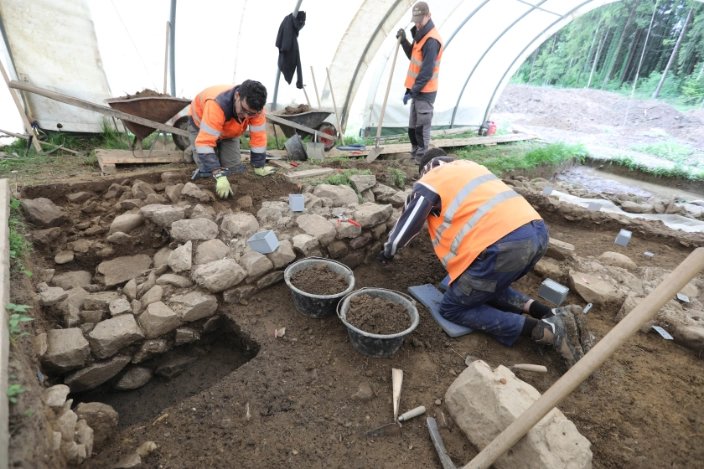
Excavators (from left to right: Hicham Zbair, Janik Nussdorfer, Riccardo Gerlach) uncover the parts of a Roman wall directly beneath the forest floor. (PH๏τo: ADA Zug, David Jecker)
The discovery of such large-scale building structures from the Roman period is extraordinary for the canton of Zug.
“Roman buildings of similar dimensions were last excavated almost 100 years ago in Cham-Heiligkreuz,” explains Gishan Schaeren, head of the Prehistoric and Protohistoric Archeology Department. “We were also surprised that the top bricks were even visible above ground.”
“Such structural relics from the Roman period are only known in the pre-Alpine region – in contrast to other regions. What is also astonishing is the comparatively very good preservation of the remains,” Christa Ebnöther, Professor of Archeology of the Roman Provinces at the University of Bern said.
It is too early to say anything yet, but it is possible this ancient Roman site was a villa or temple. Scientists must examine this monumental building to determine its purpose.
Ancient Roman Artifacts Found At The Site
At the site, scientists unearthed a number of ancient Roman artifacts that may eventually shed light on the nature of this large building.
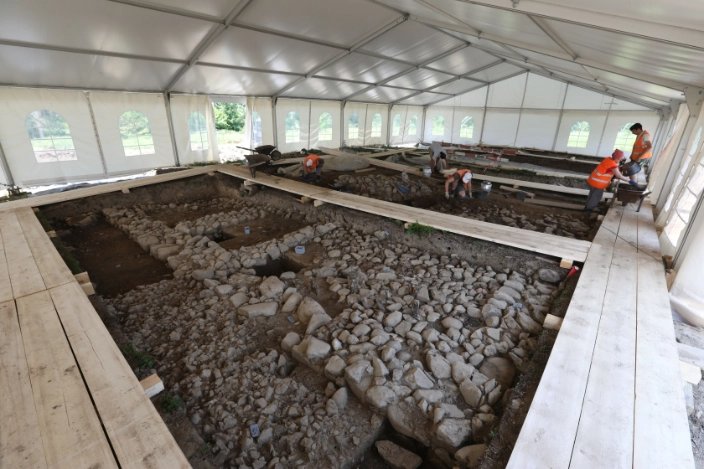
View of part of the exposed walls with the room layout already visible. In the room in the foreground, remnants of the floor construction are still preserved. (PH๏τo: ADA Zug, David Jecker)
Pieces of imported Roman tableware, so-called terra sigillata, and artfully made glᴀss vessels. Fragments of amphorae, in which wine, olive oil, and fish sauce, among other things, were transported from the Mediterranean to the Äbnetwald near Cham, bear witness to the extensive trade in Roman times.
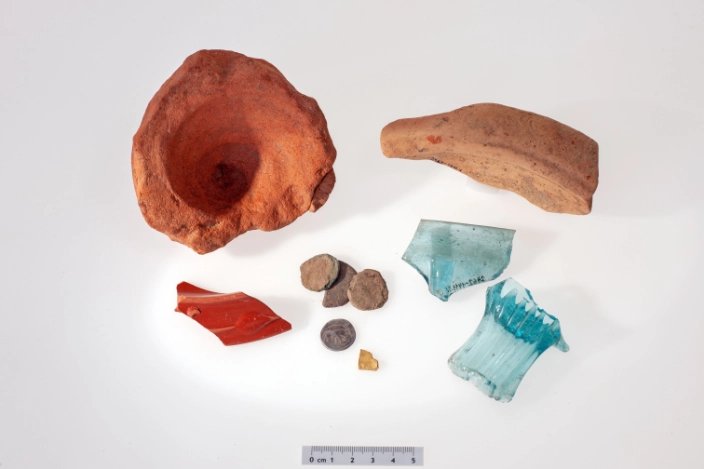
Small selection of Roman finds (from top left to bottom right): an amphora base, the shard of a grating bowl, the edge of a small bowl of Roman tableware with a red cover (Terra Sigillata), four coins in the condition they were found, one of which was silver from Julius Caesar, Fragment of a gold object, pieces of a square bottle and a ribbed bowl made of blue glᴀss. (PH๏τo: ADA Zug, Res Eichenberger)
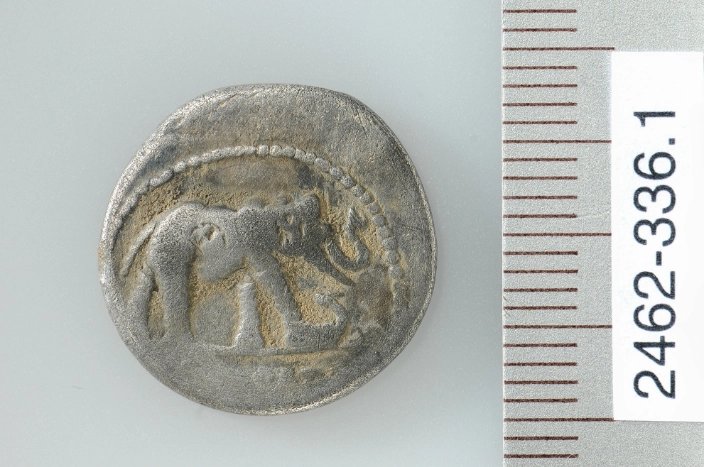
In addition to copper and bronze coins, a silver coin (denarius) of Julius Caesar from the 1st century BC was also found. Found. The front of the coin shows an elephant trampling a dragon or a snake. (PH๏τo: ADA Zug, Res Eichenberger)
Large quanтιтies of iron nails suggest a wooden construction on the existing wall foundation. Another unusual find is a gold fragment that originally belonged to a piece of jewelry.
Why Did Ancient Romans Pick This Location In The Alps?
It is not surprising that the Romans chose the elevated location near Äbnetwald as a location for their buildings. It offered an excellent view and overview of the surrounding landscape used to supply water and food. The fact that the gravel hill near Oberwil was inhabited several times thousands of years before the Romans also testifies to the attractiveness of this location.
See also: More Archaeology News
In recent decades, valuable archaeological finds have been secured in the immediate vicinity, such as the remains of a settlement from the Middle Bronze Age, graves from the Late Bronze Age, and numerous coins from the Celtic era.
The researchers will now investigate this historical site, and this study’s results will provide important insights into the Romans in pre-Alpine Central Switzerland.
Written by Jan Bartek – AncientPages.com Staff Writer





